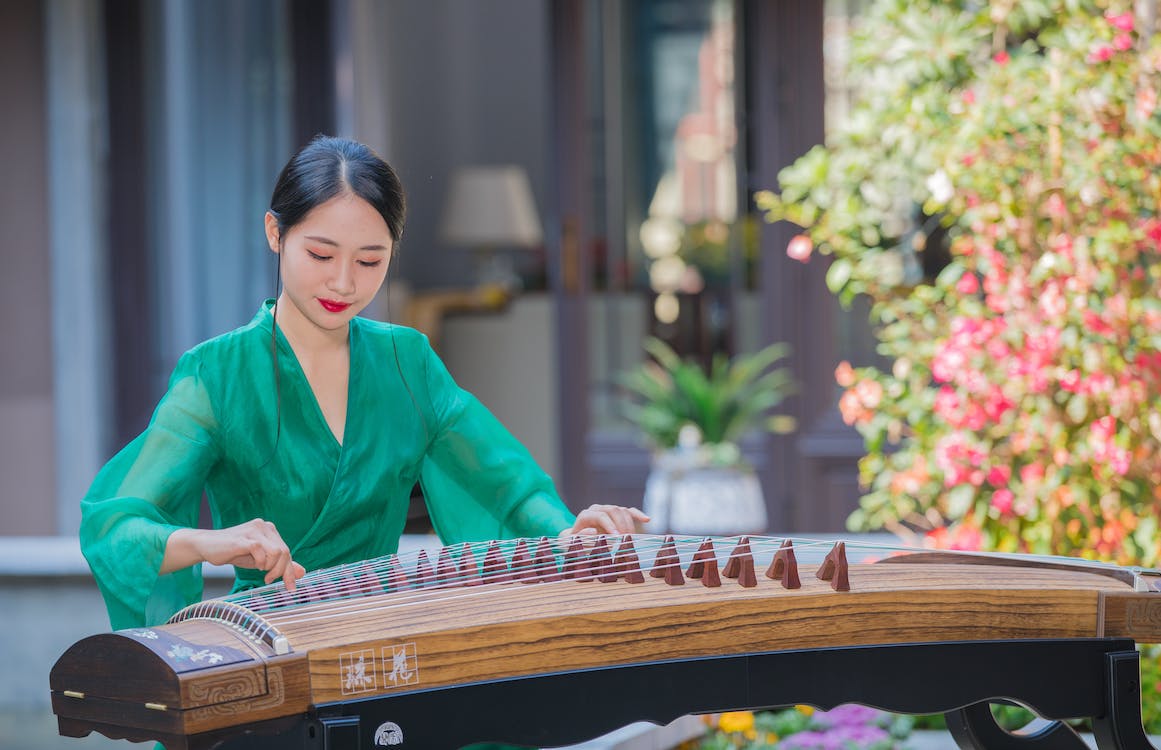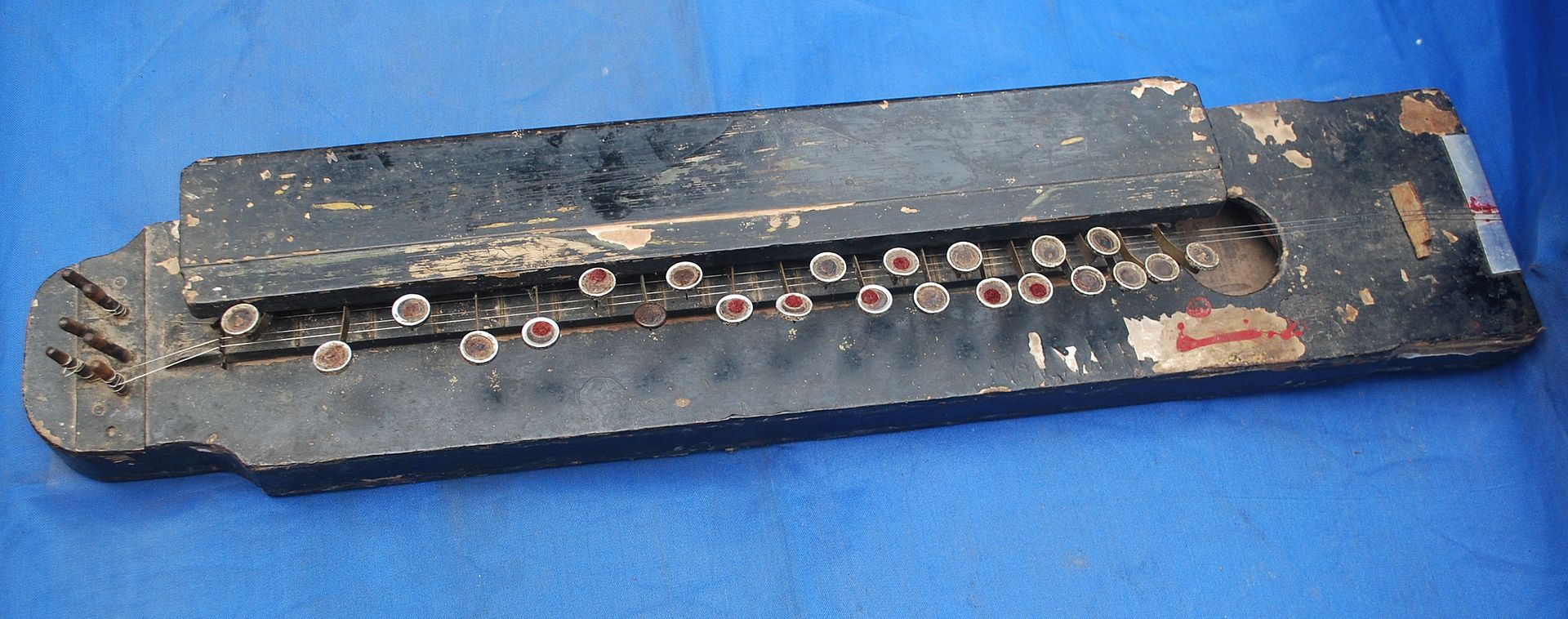Zither is a general term for stringed instruments that have strings fastened across their frame. This instrument also lacks any neck or arms not unlike the lute or guitar. The zither’s resonator may be in the part of its body or it can also be attached to it.
Instruments that belongs to the zither family comes in different shapes and sizes. One type of zither is the box zither, it is usually rectangular or trapezoid-shaped box, its strings are either plucked or struck with light hammers in order to make a melody. According to historians, several groups of people, particularly Livonians, Lithuanians, Finns, Estonians, Latvians, and northwest Russians have their own version of box-zither type instruments. In the United States, they have the autoharp and hammered dulcimer as an example of a box zither. In this article, we are going to learn more about the different box zither instruments that you can find all across the globe.
- Akkordolia – This type of box zither is from Austria and Germany. The akkordolia is a long box that has strings which are pressed against its fretboard by buttons located from its top. This box zither is considered to be somewhat similar to the Japanese taishogoto. One row of buttons allows you to change the melody while the other row can change the chord that backs up the melody. The akkordolia was invented around the beginning of the 20th century by a man named Otto Teller of Klingenthal, Germany. Since then, the instrument was produced locally by cottage-industry.
- Benju – This type of box zither is fitted with a keyboard and it is typically used in the music from Sindh and the music of Balochistan. The benju is about 1 meter long and 12 centimeters wide. It has a 5 centimeters high soundbox and six strings. This instrument’s first, second, fifth, and sixth strings are used as drone strings and it is often tuned to the tonic. In order to play the benju, you have to use your right hand to play the string with a plastic or wooden plectron, while your left hand is fingering the keys. This instrument is usually accompanied by other instruments such as the tamburag and dholak.
- Bulbul Tarang – also known as Punjabi banjo in India, the bulbul tarang is a string instrument that is believed to have evolved from the Japanese taishogoto. This instrument has two sets of strings with one set dedicated for drone and the other set is for the melody. The strings are placed over a fretboard or a plate, while the typewriter-like keys are placed above the instrument. When these keys are pressed, they shorten the strings in order to raise their pitch.
- Shahi Baaja – This type of box zither is a slightly modified and electrified version of the bulbul tarang. It also has 12 additional unfretted strings that serves as its drone harp or swarmandal. The shahi baaja is about 37 inches long and its current built has a double pick-up, volume, and tone controls. It also has 30 typewriter-like keys built on a solid wood body. This instrument is used in semi-classical to popular Indian music and psychedelic rock.
- Taishogoto – The taishogoto is a Japanese box zither that was made by a musician named Goro Morita in 1912 at Nagoya, Japan. This instrument is made of a long and hollow box with its strings running along its length. On top of the strings are numbered typewriter-like keys that shorten the strings in order to raise their pitch. The taishogoto is strummed and played lengthwise. You can also find electrified versions of the taishogoto in the market.


